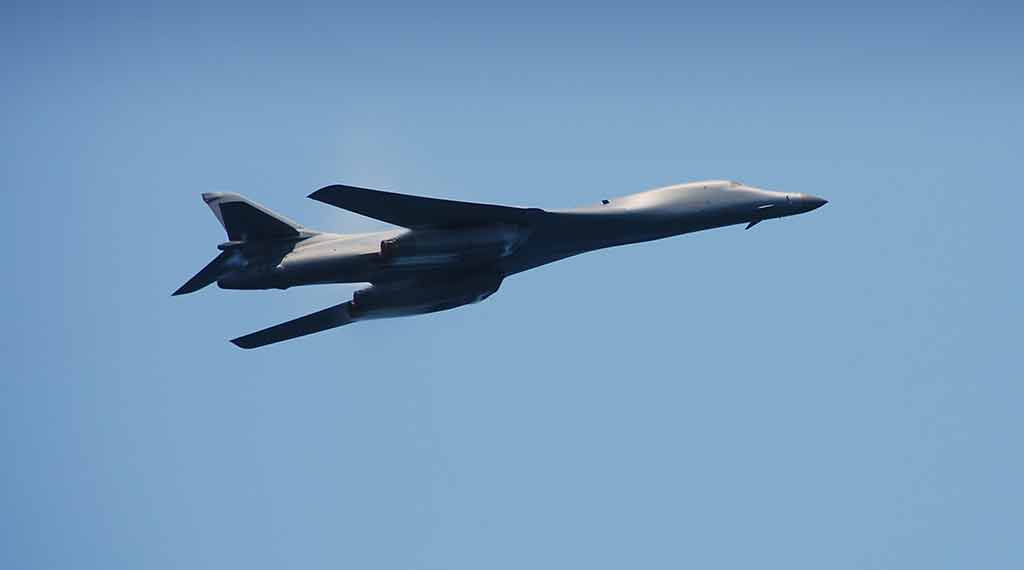
B-1B Bomber: A history as it heads towards retirement – Late last year, a new B-1B Lancer featuring a range of technological upgrades was launched at the 7th Bomb Wing at Dyess Air Force Base.
Latest posts by Maya Carlin (see all)
- Has Russia Finally Sold its Su-35s to Iran? - December 2, 2025
- Iran’s Growing Missile Arsenal Is a Challenge for Israel - November 18, 2025
- IAI Is Hoping to Secure a Contract for the “Golden Dome” - November 3, 2025
